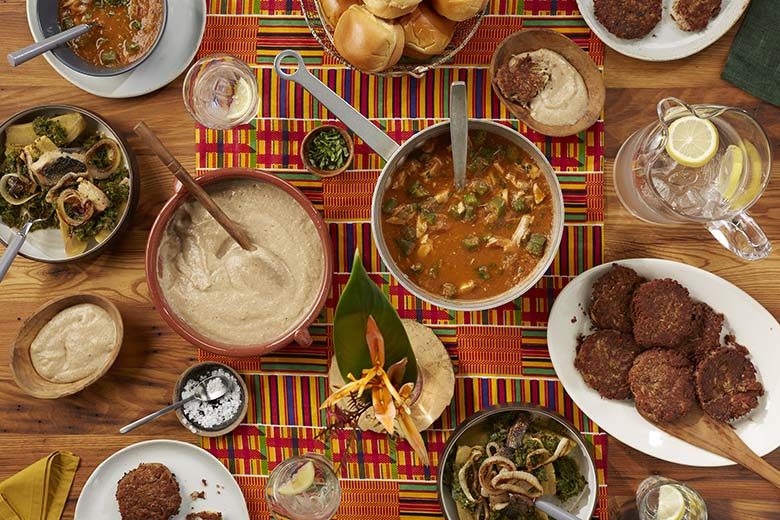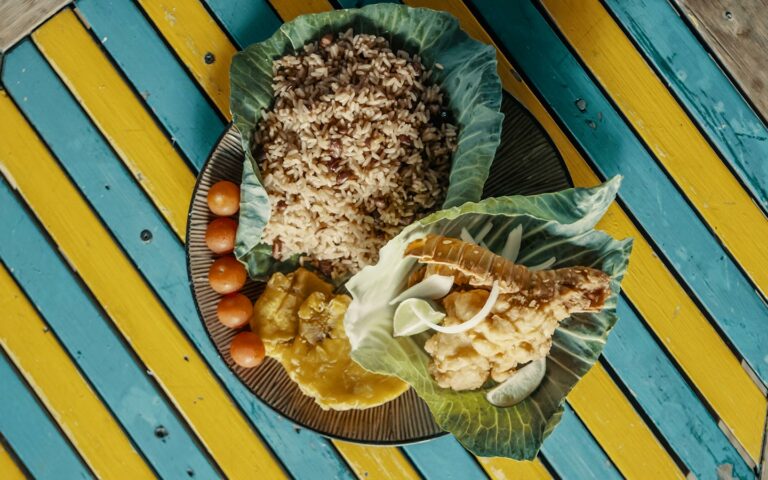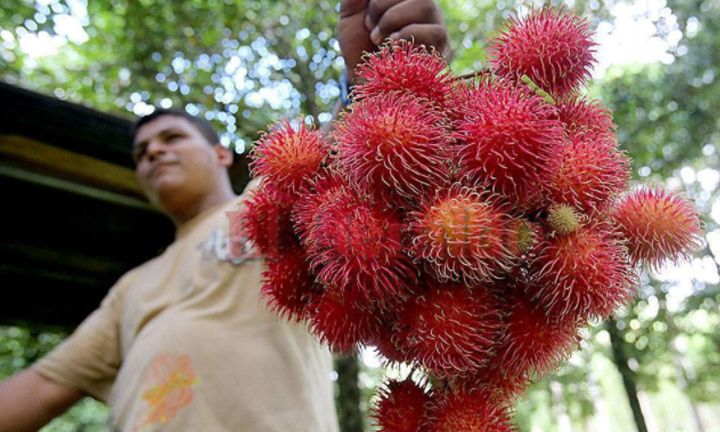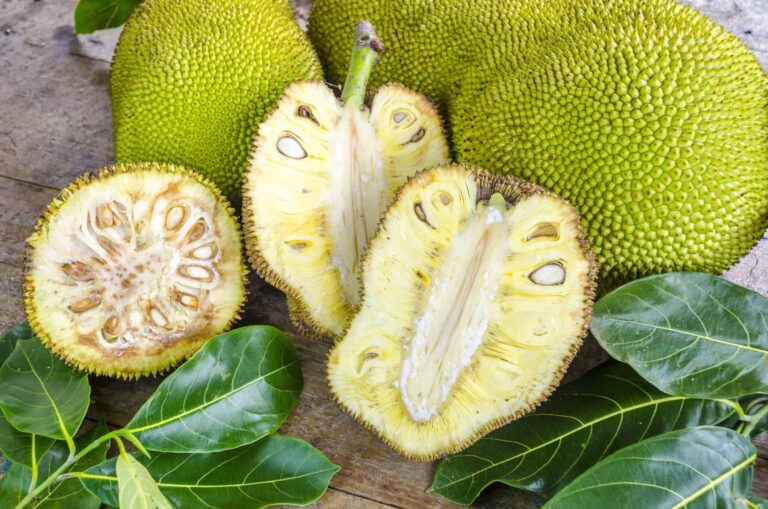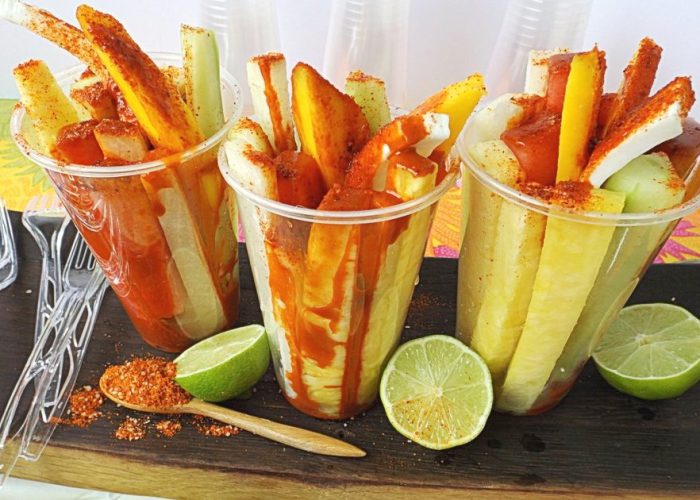Introduction: Guyanese cuisine overview
Guyana is a small country located on the northern coast of South America. The country’s cuisine is a fusion of indigenous, African, Indian, and European influences. The mix of cultural backgrounds can be seen in the diversity of ingredients and cooking methods used in Guyanese dishes.
The cuisine of Guyana is known for its bold flavors and use of locally sourced ingredients. The country’s tropical climate supports the growth of a wide variety of fruits and vegetables, which are used extensively in cooking. Guyanese cuisine is also popular for its use of spices and herbs, which add depth and complexity to dishes.
The variety of fruits in Guyana
Guyana’s warm climate and fertile soil support the growth of a diverse range of tropical fruits. Some of the most commonly found fruits in Guyanese markets include mangoes, pineapples, papayas, watermelons, and passion fruit. These fruits are enjoyed as snacks or are used in a variety of sweet and savory dishes.
In addition to these mainstream fruits, Guyana is also home to several unique and exotic fruits. Examples include soursop, which is a green, spiky fruit with a sweet and sour flavor, and golden apple, which has a crisp, juicy texture and a tangy taste.
The unique fruits of Guyanese cuisine
Guyanese cuisine is famous for its use of several unique fruits that are rarely found in other parts of the world. One such fruit is the pommerac, which is a bright red fruit with a sweet and tangy flavor. It is often used to make jams, jellies, and sauces, and is also enjoyed as a snack.
Another unique fruit found in Guyanese cuisine is the mango-stien. This fruit has a tough outer skin and a soft, white flesh with a sweet and tangy flavor. It is often used in desserts and is sometimes used as a substitute for citrus fruits in recipes.
The vegetables used in Guyanese dishes
Vegetables are also an important part of Guyanese cuisine. Some of the most commonly used vegetables include plantains, cassava, okra, and callaloo. These vegetables are often used in stews, curries, and other savory dishes.
Guyana is also home to several unique vegetables that are not commonly found in other parts of the world. One such vegetable is the eddoe, which is a root vegetable with a nutty flavor and a starchy texture. It is often used in soups and stews and is also enjoyed boiled or fried.
Traditional recipes featuring unique produce
Guyanese cuisine features several traditional recipes that use unique fruits and vegetables. One example is the pepperpot, which is a stew made with cassareep, a sauce made from cassava. The stew also includes meat, vegetables, and spices, and is often served with bread or rice.
Another popular dish is the mango chutney, which is made by cooking mangoes with spices, vinegar, and sugar. The chutney is often served as a condiment with savory dishes like curries and roti.
Importance of preserving unique Guyanese fruits and vegetables
Preserving the unique fruits and vegetables of Guyanese cuisine is important for several reasons. Firstly, these ingredients are an important part of the country’s cultural heritage and cuisine. Secondly, many of these fruits and vegetables have unique nutritional profiles that make them important for a healthy, balanced diet.
Lastly, preserving these ingredients helps to support local farmers and promotes sustainable agriculture practices. By preserving the unique fruits and vegetables of Guyanese cuisine, we can help to ensure that they continue to be enjoyed for generations to come.

